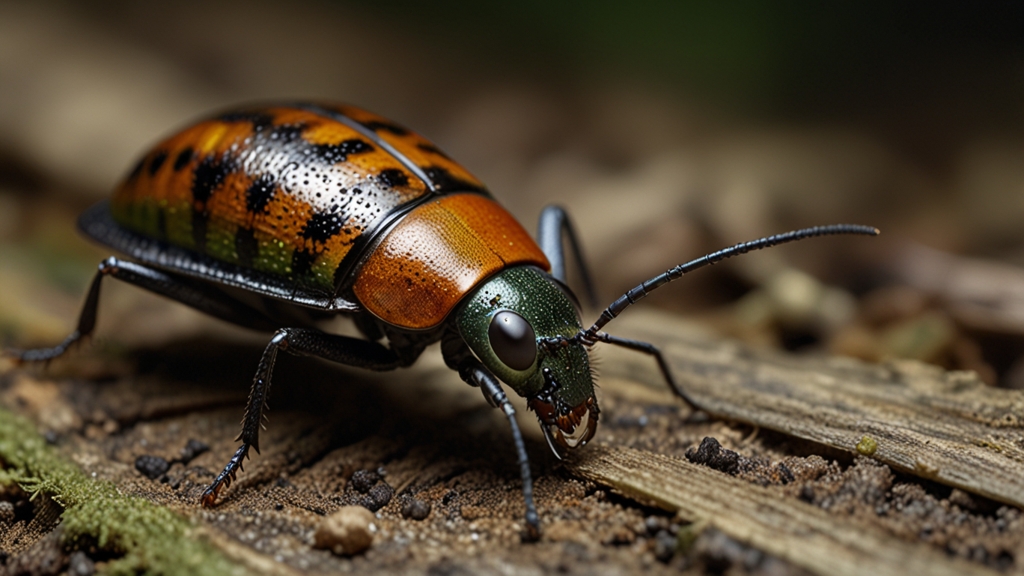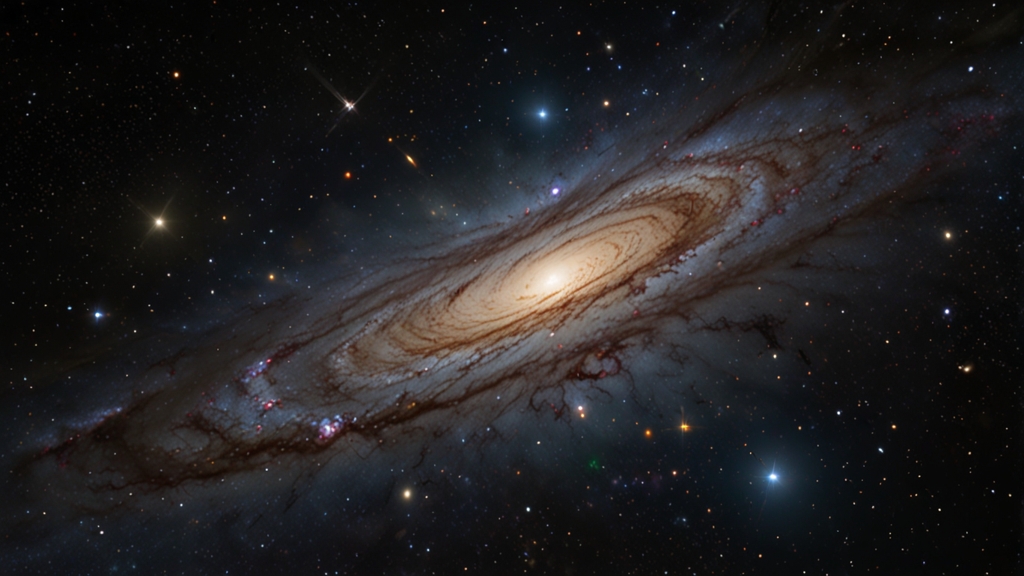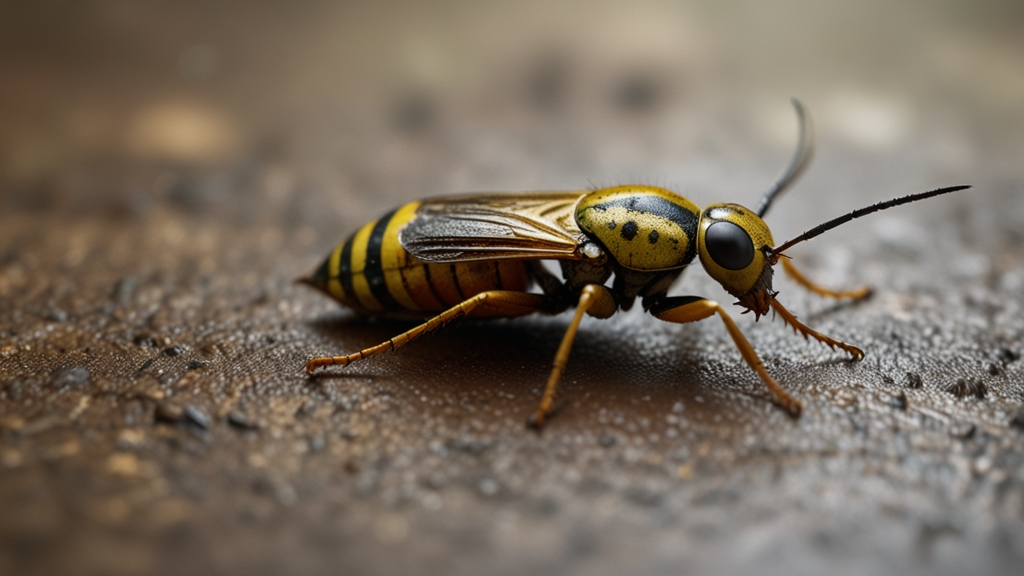Exploring the Vast Biodiversity of Rainforests
Rainforests are one of the most incredible and mesmerizing habitats on Earth. Covering only 6-7% of the planet's land surface, these lush, green paradises harbor more than half of the world's plant and animal species. The sheer diversity and interconnectivity of life forms within rainforests contribute to their resilience and complex ecosystem dynamics. This article delves into the fascinating biodiversity found within these towering canopies and shadowy understories.
The Rich Flora of Rainforests
Rainforests are home to an astonishing variety of plant species. From majestic trees that form the forest canopy to the tiny orchids that cling to their branches, the plant life is both abundant and diverse. The towering trees, some of which can grow up to 200 feet tall, create a multi-layered structure that supports different types of flora at each level. Large-leafed trees dominate the canopy, while a myriad of vines, epiphytes, and undergrowth plants cover the lower layers.
"A single hectare of rainforest can contain as many as 400 different tree species and thousands of plant species, making it one of the most biodiverse ecosystems in the world."
Among the notable plant species are medicinal plants, some of which have been used by indigenous people for centuries. These plants provide essential resources not just for human medicine, but also for the food and shelter of countless animal species.
The Vibrant Fauna of Rainforests
The abundance of plant life in rainforests creates a habitat that supports an extraordinary array of animal species. From the small and elusive insects to the larger, charismatic mammals, life thrives in every nook and cranny of these ecosystems. Rainforests are home to more animal species than any other biome on earth.
Primates such as monkeys and orangutans, big cats like jaguars and leopards, and an array of birds with dazzling plumages all inhabit the teeming rainforest. The vivid colors and varied adaptations of rainforest inhabitants are testaments to the evolutionary pressures of the environment.
"Rainforests are incredibly rich in species diversity. In the Amazon Rainforest alone, scientists estimate there may be upwards of 30 million insect species."
Amphibians and reptiles also form a significant part of the biodiversity. Poison dart frogs, known for their striking colors and potent toxins, coexist with stealthy snakes and curious lizards. Even the waterways within rainforests, such as rivers and streams, teem with aquatic life, including a wide range of fish and amphibians.
The Importance of Rainforests
The biodiversity of rainforests is not just fascinating, it is essential for the health of our planet. These ecosystems play a crucial role in regulating the global climate by acting as carbon sinks, absorbing carbon dioxide, and releasing oxygen. They also help in maintaining the water cycle and preventing soil erosion.
Moreover, rainforests are a treasure trove of genetic resources. Many of the crops we rely on today, such as bananas, coffee, and cocoa, have their origins in rainforest regions. The potential for discovering new medicines and other beneficial compounds from rainforest species remains immense.
Conservation Efforts
Despite their importance, rainforests are under constant threat from deforestation, climate change, and human encroachment. Efforts to conserve these vital ecosystems are critical. Protected areas, sustainable management practices, and reforestation projects are some of the measures being implemented to preserve rainforests for future generations.
"Preserving rainforests is not just about saving trees; it’s about maintaining the planet's health, the well-being of indigenous cultures, and the survival of countless species that depend on these habitats."
In conclusion, the vast biodiversity of rainforests is an irreplaceable treasure. From the complex web of plants to the myriad of animal species, every component plays a vital role in sustaining the ecosystem. Through conservation efforts and a deeper understanding of these intricate habitats, we can ensure that rainforests continue to thrive and benefit the planet.







